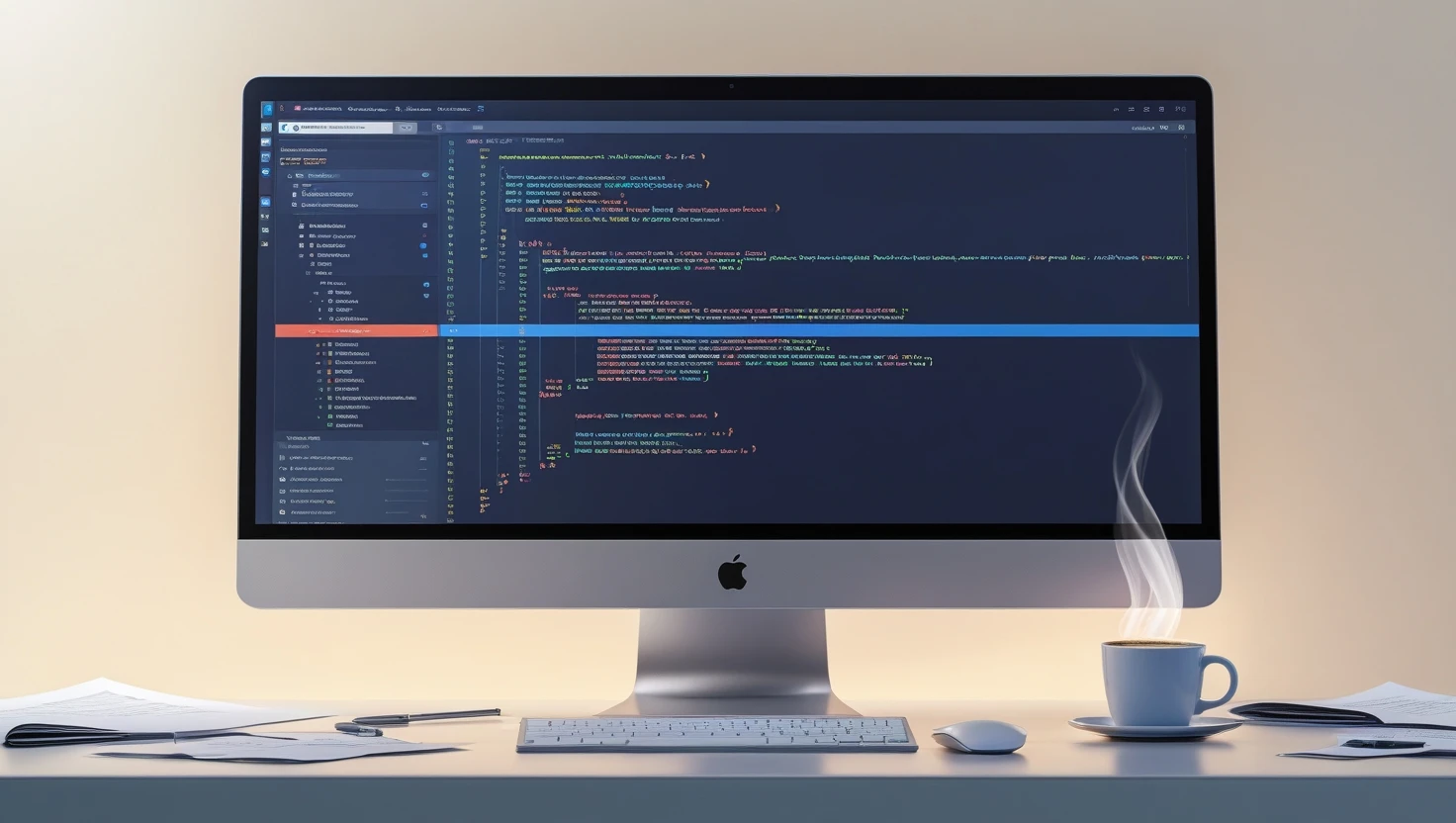Things to Check Before Buying a Second-Hand Car — The Essential Pre-Purchase Checklist
Buying a second-hand car can be a smart, economical decision if you do it properly. This guide gives you a practical, step-by-step checklist of everything to check before buying a second-hand car so you can avoid hidden costs and buy with confidence. First, we cover pre-shopping research: deciding your realistic budget (including insurance and likely repairs), choosing the right make and model for your needs, and comparing prices across listings and recent sales. Next, we explain how to verify the seller and essential documents — registration, insurance, service history, VIN, and any loan or lien clearances — and why a vehicle history check matters. The in-person inspection section walks you through exterior checks (paint, panel gaps, rust, tyres), interior checks (electronics, upholstery, odometer), and a practical mechanical checklist (engine start, fluids, battery, belts, leaks). You’ll also get a detailed test-drive checklist — what to listen for and what to feel when accelerating, braking, steering, and shifting. The guide offers tips on spotting accident repairs, odometer tampering, and signs of flood damage, plus when it’s worth paying for a professional pre-purchase inspection. We include negotiation examples with simple math you can use to make a fair offer, and a short printable checklist you can carry to viewings. Finally, post-purchase steps (ownership transfer, immediate service, insurance updates) help you start ownership smoothly. Whether you’re a first-time buyer or upgrading on a budget, this article gives clear, actionable checks, real-world examples, and confidence-boosting tips so your used car becomes a reliable, economical companion rather than an avoidable expense. Always verify local paperwork rules in your region before finalizing any purchase.
Things to Check Before Buying a Second-Hand Car: The Essential Pre-Purchase Checklist
Buying a used car is often the smartest way to get value for your money — but it becomes risky if you skip the right checks. This guide walks you through the exact steps to inspect, verify, test-drive, negotiate, and finalize a second-hand car purchase with confidence. Use the checklists below during every viewing and keep a printed copy in your phone for quick reference.
Why a checklist matters
A systematic checklist helps you spot costly problems early, avoid scams, and negotiate from a position of knowledge. Many avoidable issues—hidden accident repairs, undisclosed loans, odometer tampering, or transmission faults—show up only when you know what to look for.
Pre-shopping research (before you contact sellers)
1. Decide budget and total cost of ownership
Purchase price is only part of the cost. Include routine maintenance, insurance, taxes, fuel, and likely repairs.
Leave a small contingency fund (5–10% of budget) for unexpected fixes.
2. Narrow down make, model, and year
Choose models known for reliability and affordable spare parts.
Look for common model-specific issues (engine types, timing belt vs chain, electrical quirks).
Example: Compact city cars often cost less to maintain than large luxury sedans.
3. Check market prices and listings
Compare listings across platforms to understand fair market value for the year, mileage, and condition.
Search completed sale prices if available, not just asking prices.
4. Use online vehicle history and reviews
A VIN history report can reveal insurance claims, title issues, or flood damage.
Read owner forums and review pages for recurring problems and maintenance costs.
Verifying the seller and documents
1. Seller credibility
Prefer private sellers with clear ownership or certified used-car dealers with warranty options.
Beware of sellers who refuse to meet in public locations or who rush paperwork.
2. Essential documents to check
Check the following where applicable in your country (common documents worldwide):
Vehicle registration document (proof of ownership).
Current insurance certificate (third-party or comprehensive).
Service and maintenance records.
Vehicle Identification Number (VIN) match on chassis and paperwork.
Title clear of liens / loan closure document.
Emissions or pollution certificate (if applicable).
3. Red flags in paperwork
Missing or forged documents.
Mismatched VINs or altered stamps.
Service history with large unexplained gaps.
Exterior inspection (what to look for)
Start with a walk-around in daylight.
Paint & panels: Look for uneven paint, different shades, or overspray which indicate repairs. Small chips are normal; large mismatched panels are a concern.
Panel gaps: Uneven gaps between doors, bonnet, and boot can signal frame damage from a past accident.
Rust: Check wheel arches, under the doors, sills, and around windscreen joints. Surface rust is fixable; deep rust that weakens structure is a deal-breaker.
Glass & lights: Check for cracks or fogging; ensure all lenses and bulbs are intact.
Tyres: Check tread depth, wear pattern (uneven wear suggests alignment issues), and consistent brands across wheels.
Interior inspection (comfort and electronics)
Seats & upholstery: Look for tears, heavy stains, and odour (mould or smoke can be hard to remove).
Electronics: Test the infotainment, speakers, power windows, AC/heater, central locking, and dashboard warning lights (they should come on at ignition and go off shortly afterward).
Odometer: Compare displayed mileage with service records; be cautious if the number is unusually low for the car's age.
Smell test: Musty or chemical smells can indicate water/flood damage or heavy smoke exposure.
Mechanical checks (basic tests anyone can do)
Engine cold start: A smooth cold start is good. Listen for ticking, knocking, or rattling.
Fluids: Check engine oil level and color (milky oil may indicate coolant contamination), gearbox oil (if accessible), brake fluid, and coolant level.
Battery: Look for corrosion and check the manufacture date. Older batteries lose capacity.
Leaks: Look beneath the car for drips or puddles after it has been parked for a few minutes.
Belts & hoses: Cracks or frays on visible belts or bulges in hoses signal upcoming costs.
Test-drive checklist (what to feel and hear)
Always test-drive on a mix of road types and include a small incline if possible.
Starting & idling: Smooth start, stable idle, no excessive smoke.
Acceleration: Car should accelerate without hesitation or loud surges.
Braking: Brake should feel firm and straight; no pulling to one side or grinding noises.
Steering: Minimal play in the wheel; no vibrations at speed.
Suspension: Drive over bumps; listen for clunks, squeaks, or an overly bouncy ride.
Transmission: Smooth shifts in automatic and no grinding in manuals; clutch should engage cleanly.
Unusual noises: Clicking, clunking, or high-pitched squeals require inspection.
Checking service history and maintenance
Full-service records are a great sign; regular oil changes and scheduled work usually indicate respectful ownership.
Look for recent replacements of wear items like tyres, brakes, timing belt (if applicable), and battery.
Example: A car with a recent timing-belt change removes one major future cost; ask for invoices.
VIN, accident history, and third-party checks
Use the VIN to order a vehicle history report in markets where it’s available. It can reveal insurance claims, odometer rollbacks, salvage or flood titles.
In some regions, government portals show ownership records and tax/registration history. Verify numbers on the chassis, engine, and paperwork match.
Deep-dive: understanding engine and smoke signs
Blue smoke at startup or under acceleration often means oil burning — worn piston rings or valve seals. It will usually require engine work.
White smoke that persists can indicate coolant entering the combustion chamber (possible head gasket failure). Short white vapour during start-up in cold weather is normal.
Black smoke suggests rich fuel mixture — clogged air filter, fuel injection issues, or turbo problems on turbocharged cars.
Simple compression-style checks (non-technical)
While full compression tests require tools, you can notice poor compression if the engine struggles hard on acceleration, misfires, or fires unevenly. These symptoms merit a professional inspection.
Spotting odometer rollback and tampering
Compare odometer reading with service stamps, tyre wear, and owner age—mismatches can be suspicious.
Ask for old inspection certificates (where available). Frequent odd number jumps or mismatched digits in records can signal rollback.
Electronic clusters can be tampered with, so be cautious when the seller cannot produce a consistent service history.
How to judge past accident repairs
Look behind wheel arches, inside the bonnet, and in the boot for fresh welds, uneven paint overspray, or masking residue.
Use a magnet (non-invasive) to check for filler — it will react differently to filler and steel; however, magnets are not foolproof and work best as an initial check.
Check door alignment and that doors open/close smoothly. Strange panel gaps often follow poorly performed accident repairs.
When to bring a mechanic and what to expect
If you’re unsure or the car shows moderate issues, arranging a pre-purchase inspection by a trusted mechanic is worth the fee. They will do pressure/compression checks, lift the car for underbody inspection, and test drive while diagnosing driveline components.
Typical inspection points include engine fault codes (OBD scan), transmission leaks, worn suspension bushings, brake condition, and frame integrity.
Use the inspection report to negotiate or walk away.
Buying from dealer vs private seller — pros and cons
Dealers often offer short warranties, trade-in options, and may recondition vehicles. Prices are higher but risk is lower.
Private sales can be cheaper, but 'as-is' sales transfer all risk to the buyer. Always verify identity and documents carefully in private deals.
Financing and insurance tips for used cars
Shop for loan rates specifically for used cars; terms and interest rates differ from new-car loans.
Insurance premiums depend on the model, year, engine size, and claimed history. Get quotes before committing.
Negotiation example — how to calculate a fair offer
Say the asking price is $8,000. You estimate a new timing belt and tyres will cost $700, and the mechanic found a minor oil leak estimated $300 to fix. Total expected immediate costs = $1,000. A reasonable offer might subtract those costs plus a small buffer, so $8,000 - $1,000 - $200 (buffer) = $6,800. Explain your calculations politely and show invoices or repair quotes when possible.
Common red flags — when to walk away
Inconsistent paperwork or unwilling seller.
Severe rust in structural areas.
Flood odour, extensive electrical faults, or smoke when starting.
Significant frame damage or evidence of major unreported accidents.
Final paperwork and safe transfer steps
Confirm title/registration transfer requirements in your region and complete forms before transferring funds.
Use a bill of sale that records the vehicle condition, odometer reading, sale price, and signatures of both parties.
Clear any outstanding loans and ensure no encumbrances remain on the vehicle.
After purchase: immediate checks and maintenance
Get a full service within the first 500–1,000 km and change oil and filters if the history is unclear.
Replace the timing belt/chain only as recommended by the manufacturer; if its replacement date is unclear, budget for it.
Update insurance and register ownership in your name immediately.
Short checklist you can print
Documents: registration, insurance, service records, VIN
Exterior: paint, panels, glass, tyres, rust
Interior: seats, electronics, odometer, smells
Mechanical: fluids, battery, leaks, belts
Test-drive: start, accelerate, brake, steering, suspension, noises
Frequently Asked Questions (FAQ)
Q: Should I get an inspection every time?
A: Yes — for any vehicle older than a year or with unclear records, a mechanic’s inspection reduces risk.
Q: Is mileage more important than age?
A: Both matter. Low mileage on a very old car can hide long-term wear (rubber parts, seals). Consider service history as the best context.
Q: Can I buy a car without service records?
A: You can, but budget for a thorough service and possible replacements. Lack of records increases uncertainty and could lower the price.
Q: How long should I test-drive a car?
A: At least 20–30 minutes across different road conditions; include city and highway driving if possible.
Q: What paperwork should I carry to the viewing?
A: Take a list of questions, your ID, pen, camera or phone for photos, and a printed copy of the checklist. If meeting a private seller, meet in a safe public place and consider bringing a friend.
Conclusion
Buying a second-hand car does not have to be a gamble. With thoughtful research, a thorough inspection, and a clear understanding of the paperwork, you can secure a reliable vehicle at a fair price. Use this guide’s checklists at every viewing, bring a trusted mechanic for complex issues, and always confirm local legal steps for ownership transfer. A methodical approach saves money and stress and helps you enjoy your new-to-you car with confidence.












